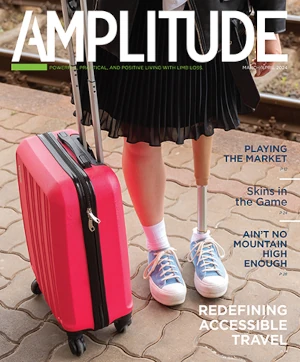Unilateral amputations are often followed by a contralateral amputation within three years, according to a study published in the journal Technology & Innovation. Because individuals with bilateral transfemoral amputations who successfully use prostheses are an understudied patient population, researchers established reference values for this population in users of short non-articulating (stubby) or full-length articulating prostheses.
Anthropometric and demographic information was collected from participants. Participants also completed a self-reported Prosthesis Evaluation Questionnaire–Mobility Subscale 12/5 (PEQ-MS) and performed multiple physical mobility tests, which included walking tests and the multi-directional Four Square Step Test (FSST).
Those with transfemoral amputations rated their abilities to complete the PEQ-MS tasks as less difficult than stubby users in eight of the 12 items, the study found. Gait analysis also revealed a greater amount of time was spent in stance phase with a greater portion in double limb support for both user groups, and a greater percentage in stance phase for the subject-reported dominant limb, according to the study.
Researchers found that stubby users’ gait velocity had a significant reduction compared to the full-length users; however, cadence was similar between both groups. Both user groups completed the FSST at comparable times, the study found.
These outcomes may be of benefit for identifying tasks bilateral transfemoral prosthetic users may find to be most difficult as well as for identifying normal ambulation patterns within this population.



